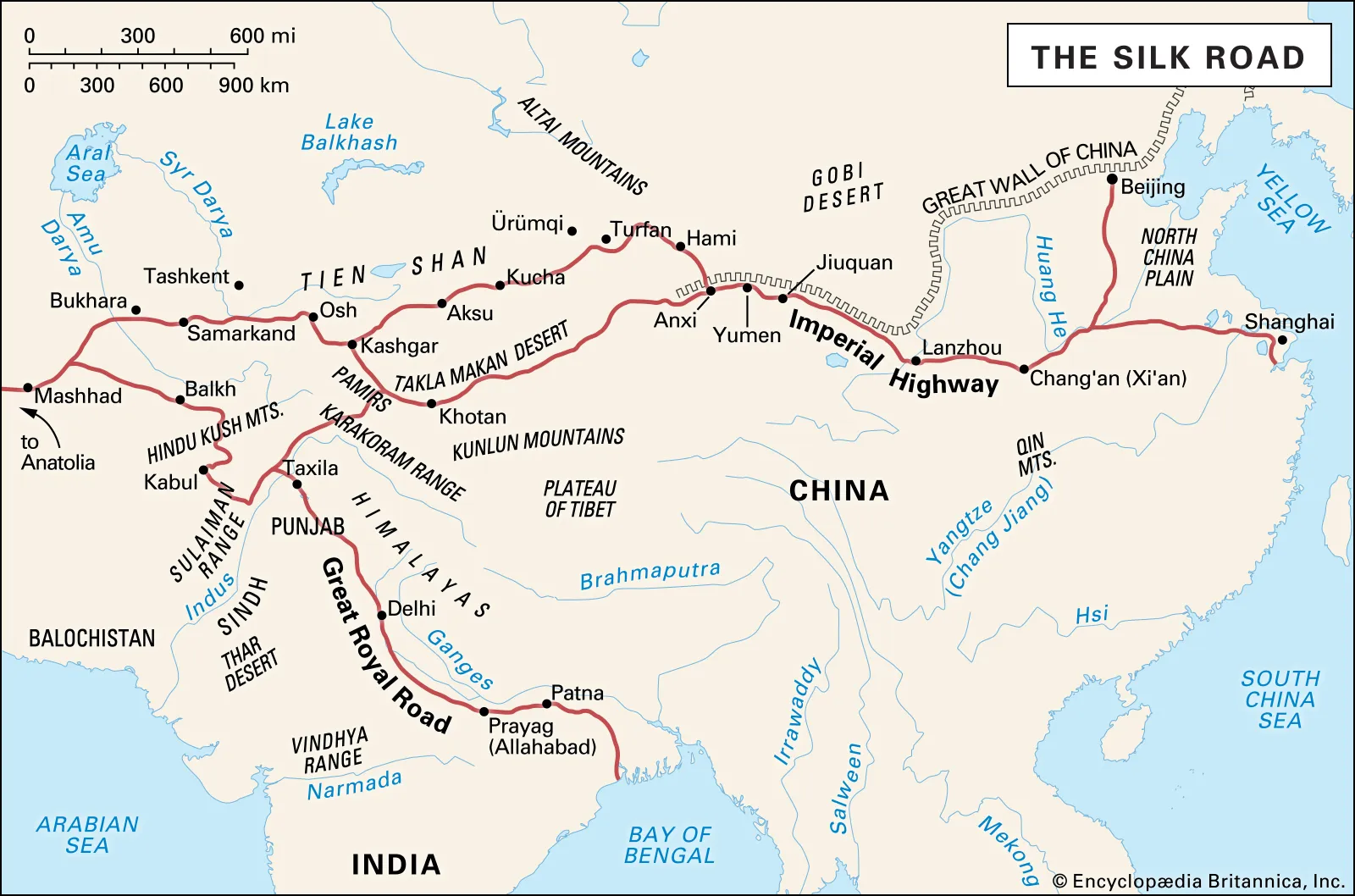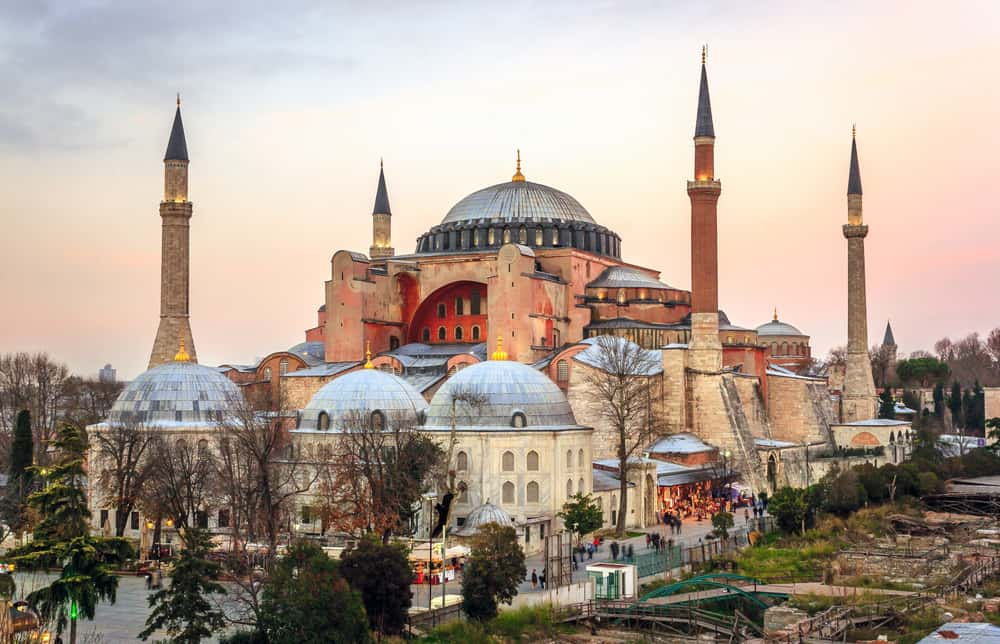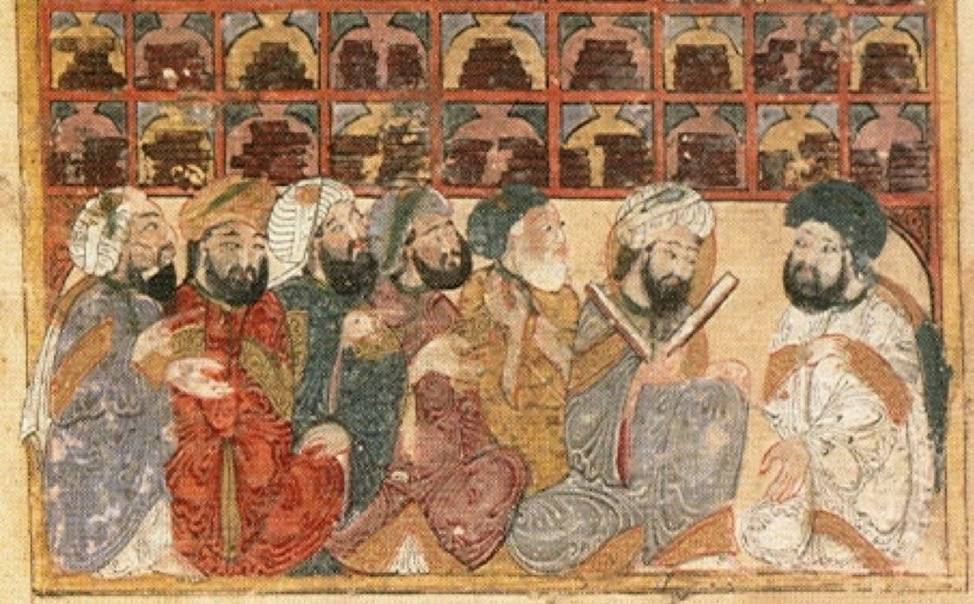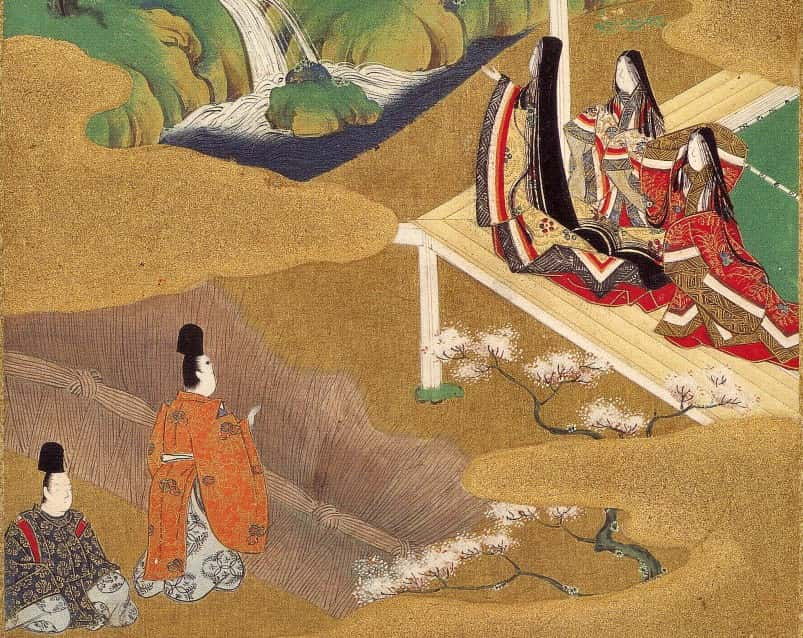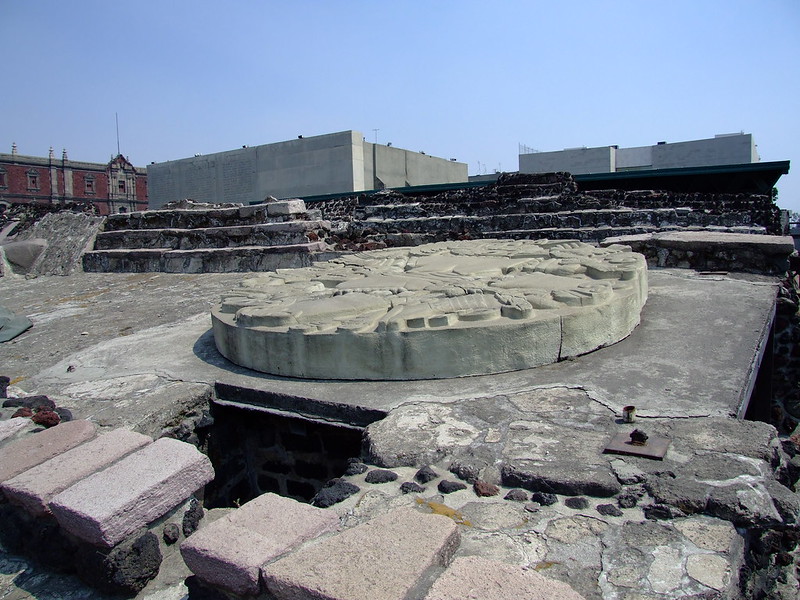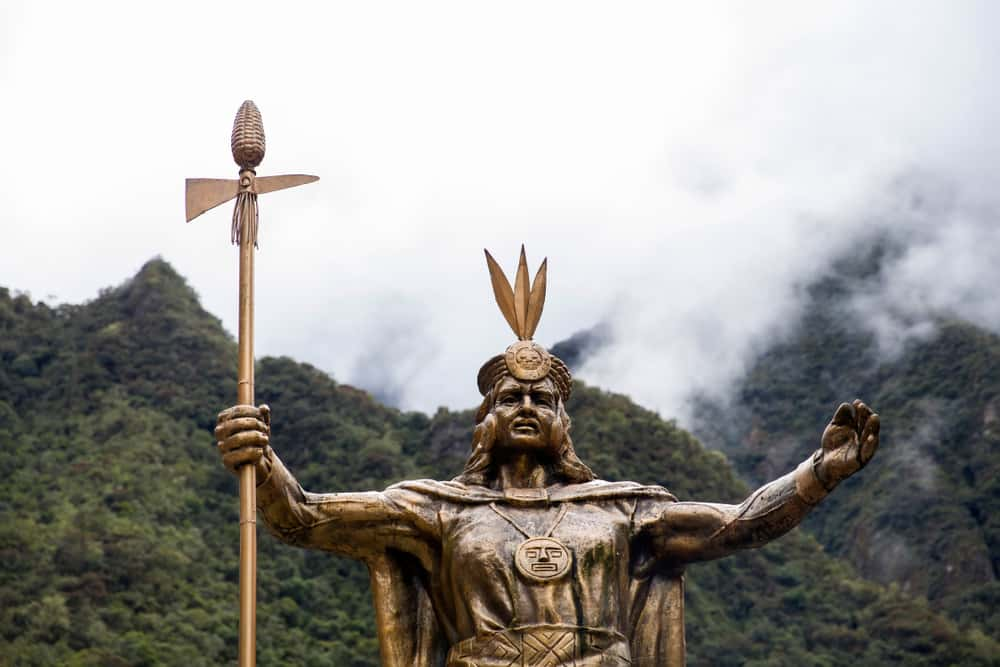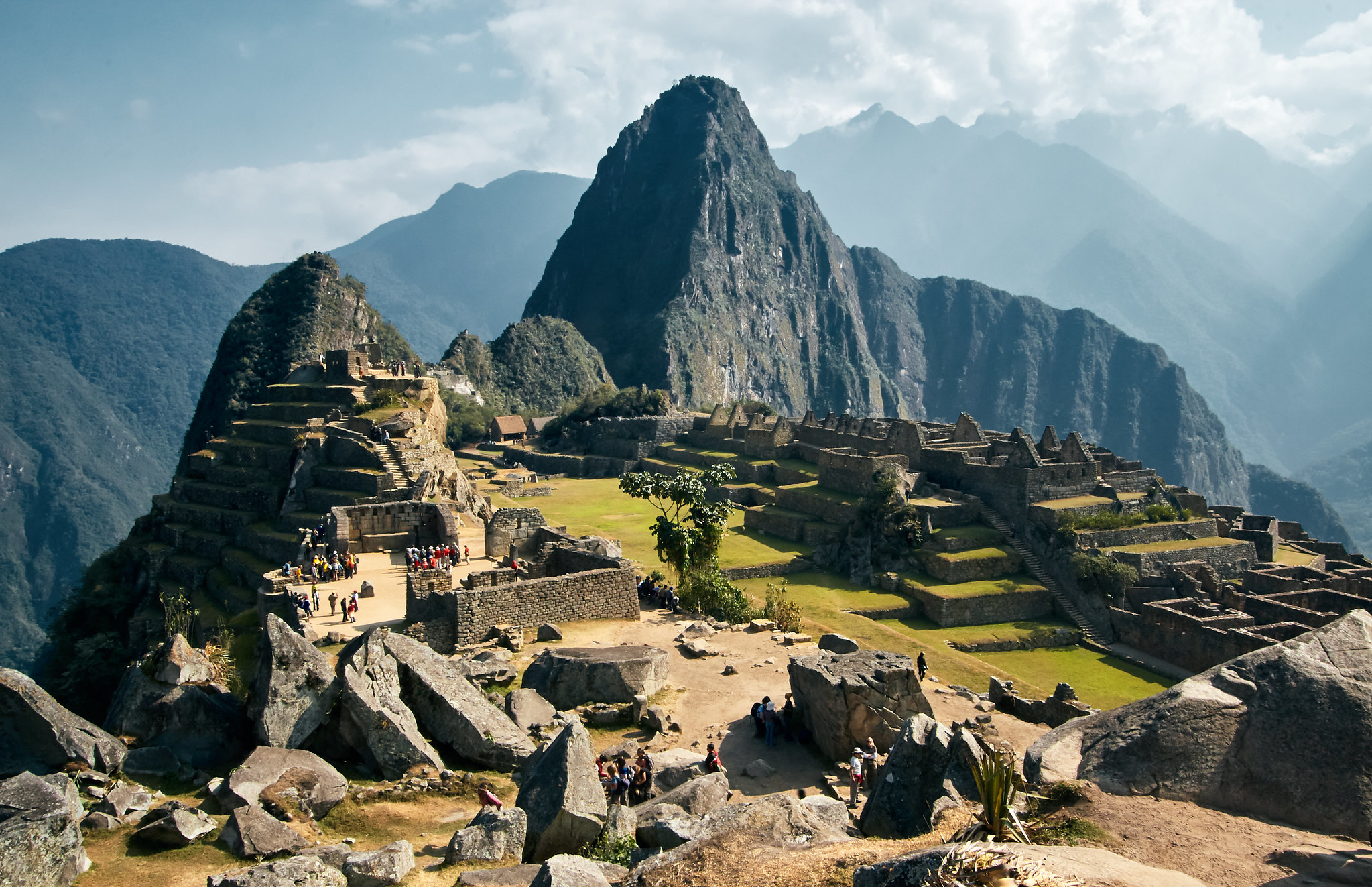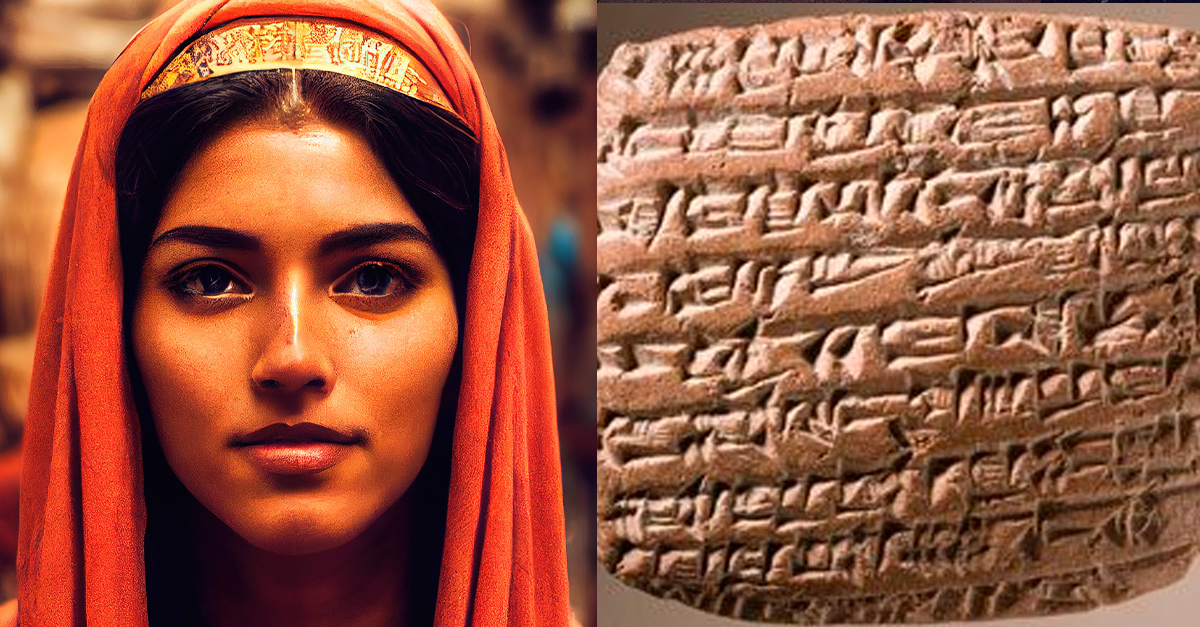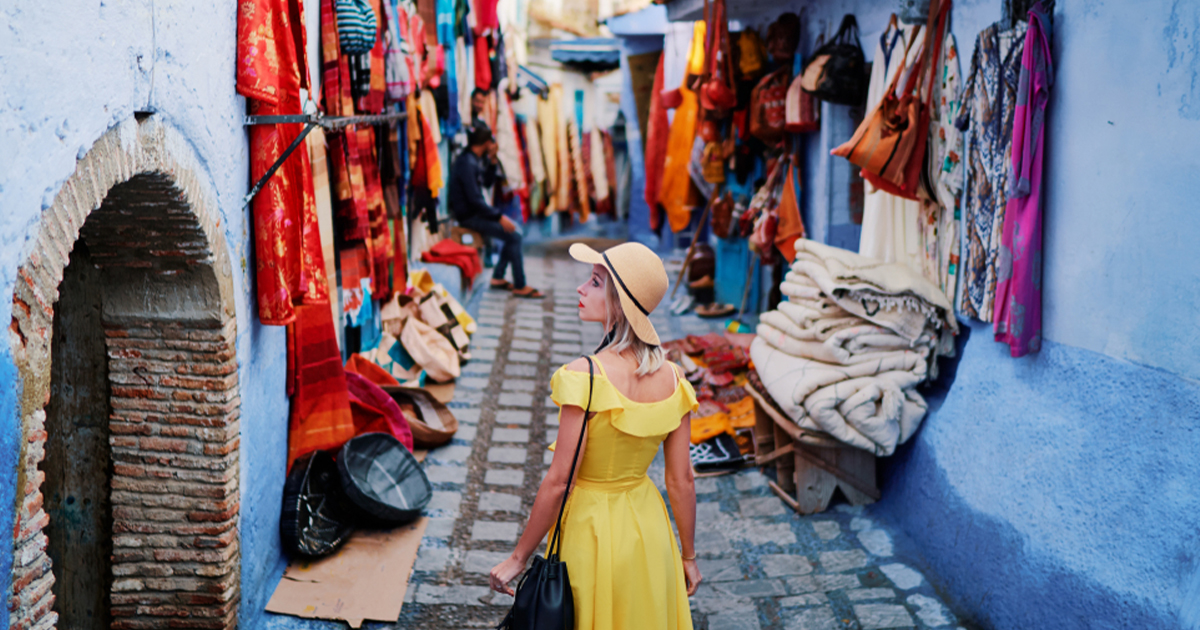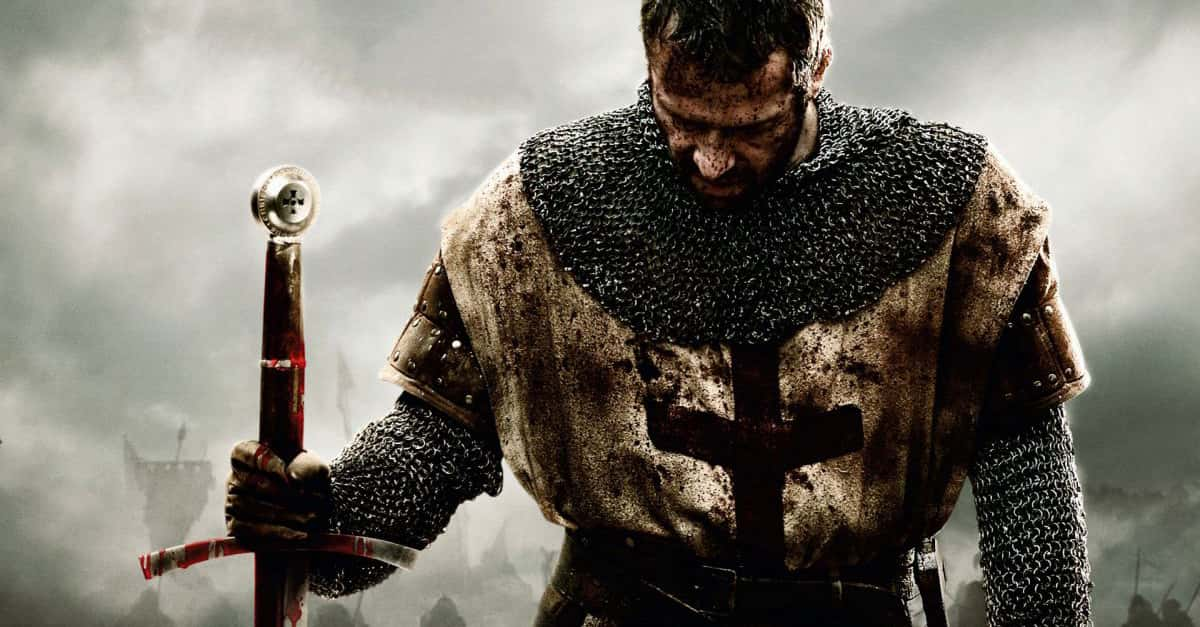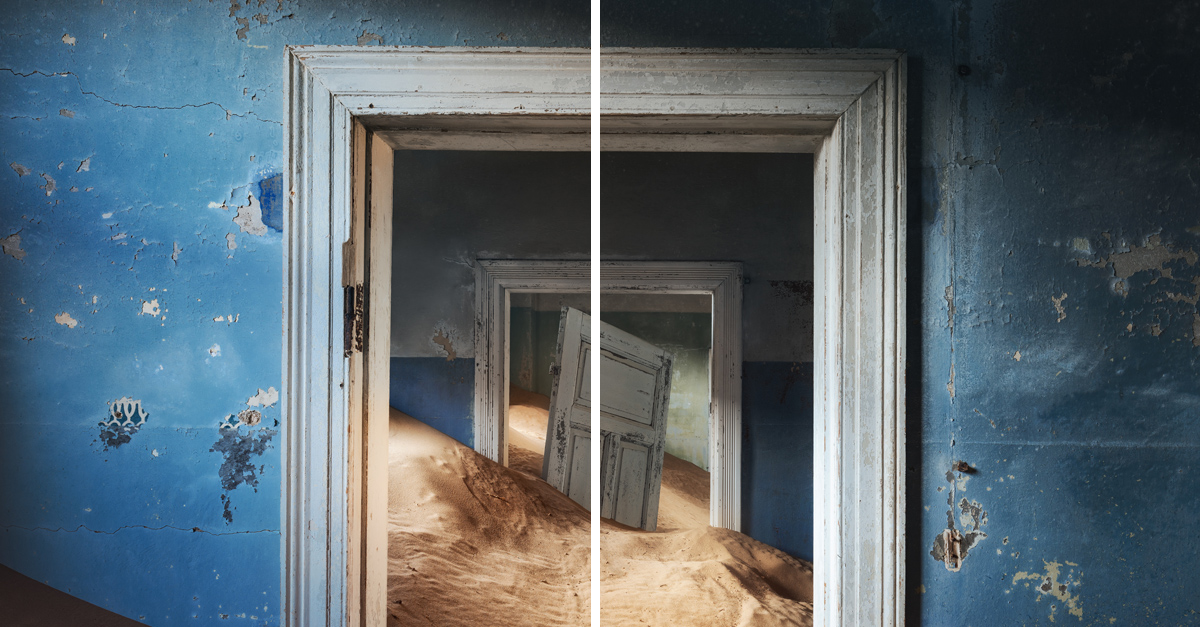Not Just Europe
Films about the Middle Ages often spotlight knights, castles, and thick Western European accents. But while Europe had its fair share of drama, the rest of the world was busy making history, too. Read on to unearth 22 reasons that prove this.

The Silk Road
The Silk Road, active between the 2nd century BCE and the 14th century, primarily moved silk, but it also allowed traders to transport spices, porcelain, and even Buddhist teachings that flowed westward while gold, glassware, horses, and other treasures traveled east.
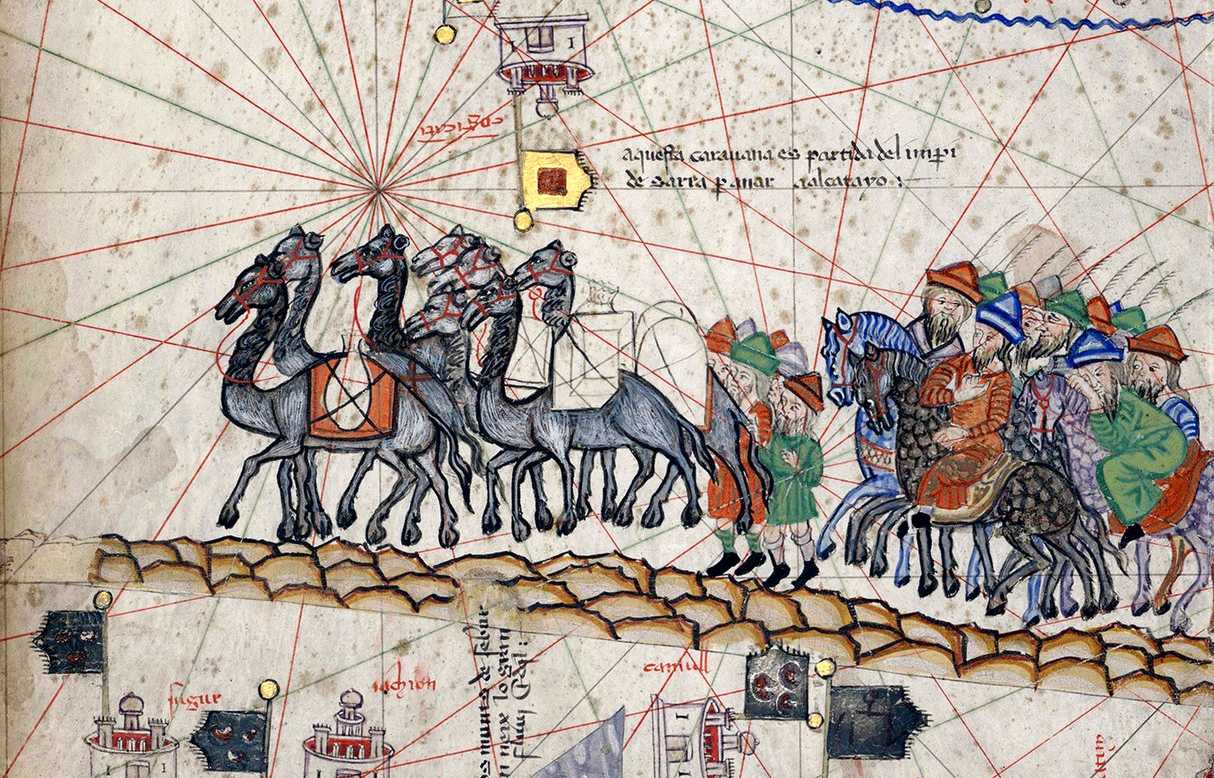 Cresques Abraham, Wikimedia Commons
Cresques Abraham, Wikimedia Commons
The Silk Road (Cont.)
This intricate network connected Europe, Asia, and the Middle East, proving how interlinked societies were. Did you know paper and gunpowder reached Europe thanks to these routes? Its impact is verified in relics like Chinese silk found in Viking graves. This road was a cultural lifeline.
The Islamic Golden Age
Did you know that mathematics owes its algebra to the Islamic world? It does, and it all happened between the 8th and 14th centuries. This Islamic Golden Age became a powerhouse of knowledge, where polymaths like Al-Khwarizmi crafted groundbreaking work on algorithms that still govern today’s technology.
 Davide Mauro, CC BY-SA 4.0, Wikimedia Commons
Davide Mauro, CC BY-SA 4.0, Wikimedia Commons
The Islamic Golden Age (Cont.)
Arabic translations of Greek and Roman texts preserved by Islamic scholars later fueled Europe’s Renaissance. The accuracy of this era’s impact is clear from the precision of Islamic star charts, which surpassed anything Europe had at the time. Talk about being ahead of the curve.
 Unknown Author, CC BY 4.0, Wikimedia Commons
Unknown Author, CC BY 4.0, Wikimedia Commons
The Mongol Empire
Few empires spanned as much land as the Mongols. By the 13th century, Genghis Khan’s empire connected the Far East, the Middle East, and parts of Europe. Their postal system—yes, they had one—outperformed anything medieval Europe could dream of. This network creates unprecedented communication networks.
 Sayf al-Vâhidî. Hérât. Afghanistan, Wikimedia Commons
Sayf al-Vâhidî. Hérât. Afghanistan, Wikimedia Commons
The Mongol Empire (Cont.)
Trade and culture thrived under Mongol rule. Even Marco Polo relied on their infrastructure for his journeys. How do we know? Archaeological digs reveal Mongolian silver coins in distant lands like England. The Mongols were conquerors and global connectors who proved the world was much bigger than Europe thought.
 The government of the People's Republic of Mongolia, Wikimedia Commons
The government of the People's Republic of Mongolia, Wikimedia Commons
Timbuktu
The dusty streets of Timbuktu were first trading routes, then second pathways to wisdom. This is because, by the 14th century, this Malian city housed libraries brimming with manuscripts on astronomy, architecture, medicine, chemistry, and law. It was a vibrant center for Islamic scholarship.
 UNESCO Bureau of Mali, CC BY-SA 3.0 IGO, Wikimedia Commons
UNESCO Bureau of Mali, CC BY-SA 3.0 IGO, Wikimedia Commons
Timbuktu (Cont.)
Manuscripts discovered in Timbuktu show advanced studies on topics Europe had yet to explore in the Middle Ages. One documented planetary alignment centuries before Galileo. This African city was a hub of the Middle Ages’ global intellect. Would you expect anything less from the “city of 333 saints”?
 Elias Altmimi, Wikimedia Commons
Elias Altmimi, Wikimedia Commons
Chinese Inventions
Gunpowder, paper, the abacus, and the compass—China was big on medieval innovation. By the time the 9th century rolled in, the Chinese already used these inventions for warfare, education, navigation, and communication. These eventually changed Europe when they arrived centuries later.
Chinese Inventions (Cont.)
The evidence of these breakthroughs comes from detailed Song dynasty records and preserved artifacts like ancient compasses. The West often credits itself for innovation, but history reminds us the Chinese were centuries ahead. Who truly held the reins of invention during the Middle Ages? Answer: Not just Europeans.
Chinese Maritime Dominance
During the Ming Dynasty, Admiral Zheng He led massive fleets across the Indian Ocean in the early 15th century. China’s naval dominance was a force to be reckoned with because these voyages reached as far as the Middle East and East Africa, with ships much larger than those of European explorers.
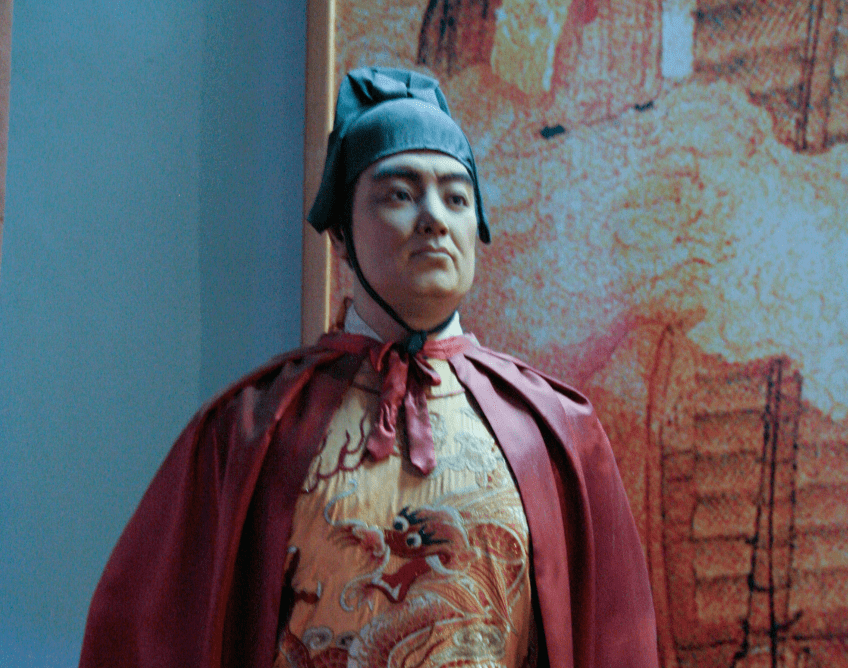 jonjanego, CC BY 2.0, Wikimedia Commons
jonjanego, CC BY 2.0, Wikimedia Commons
Chinese Maritime Dominance (Cont.)
Artifacts, written accounts, and detailed maps confirm these extraordinary expeditions. Zheng He’s treasure ships carried goods and diplomacy to prove that exploration was a global endeavor. Europe was clearly not the only region steering the world’s exploration narrative during the Middle Ages.
 Kosov vladimir, CC BY-SA 4.0, Wikimedia Commons
Kosov vladimir, CC BY-SA 4.0, Wikimedia Commons
The Byzantine Empire
While Western Europe struggled post-Roman collapse, Byzantium thrived. This Eastern Roman Empire preserved Roman law and culture for over a millennium. Did you know the Hagia Sophia’s dome inspired architectural marvels worldwide? The Byzantine world was a beacon of stability and innovation.
The Byzantine Empire (Cont.)
Byzantine diplomacy and trade connected Europe to Asia and the Middle East. Their gold coin, the solidus, was a global currency for centuries. Artifacts and surviving texts reveal their influence across continents. Through this, the medieval stage extended far beyond Western Europe’s borders.
 Gift of William Mathewson Milliken, CC0, Wikimedia Commons
Gift of William Mathewson Milliken, CC0, Wikimedia Commons
India’s Spice Routes
India’s spice trade was the flavor of the Middle Ages. We’re talking about black pepper, turmeric, cinnamon, cardamom, cloves, ginger, and nutmeg, which became treasures sought by Europe and the Middle East. All through the 6th century, Indian traders dominated maritime routes.
 judepics, CC BY 2.0, Wikimedia Commons
judepics, CC BY 2.0, Wikimedia Commons
India’s Spice Routes (Cont.)
Archaeological finds, like Roman coins in southern India, confirm this vibrant exchange. Indian spices changed diets and shaped empires. And you have to realize that without India’s trade, Europe’s bland medieval palate might’ve remained unchanged. Think about that the next time you sprinkle pepper on your food.
 Uploadalt, CC BY-SA 3.0, Wikimedia Commons
Uploadalt, CC BY-SA 3.0, Wikimedia Commons
Islamic Spain
Al-Andalus, modern-day Spain under Islamic rule, was Europe’s intellectual and cultural hotspot from the 8th to the 15th centuries. The city of Córdoba had streetlights, libraries, educational spaces, and hospitals, while much of Europe lagged behind. It was a fusion of cultures that birthed breakthroughs in science and art.
 Unknown Author, Wikimedia Commons
Unknown Author, Wikimedia Commons
Islamic Spain (Cont.)
Excavated manuscripts reveal the depth of their contributions in multiple sectors. Examples were advanced surgical tools as well as celestial maps. The West owes much of its Renaissance to the knowledge passed through Al-Andalus. This section was definitely light years ahead.
 Unknown Author, CC BY 4.0, Wikimedia Commons
Unknown Author, CC BY 4.0, Wikimedia Commons
The Great Zimbabwe
Stone towers and walls rose majestically from the African savannah, and Great Zimbabwe stood as a show of medieval Africa’s architectural prowess. Constructed between the 11th and 15th centuries, it was a major trading hub that connected Africa to the Middle East and Asia.
 Andrew Moore from Johannesburg, South Africa, CC BY-SA 2.0, Wikimedia Commons
Andrew Moore from Johannesburg, South Africa, CC BY-SA 2.0, Wikimedia Commons
The Great Zimbabwe (Cont.)
Gold and Chinese porcelain discovered there underscore its global ties. There was also evidence of ivory and glass beads from India here. Europe may have claimed the spotlight in history books, but Great Zimbabwe’s grandeur reminds us that the Middle Ages were far more interconnected. Impressive, right?
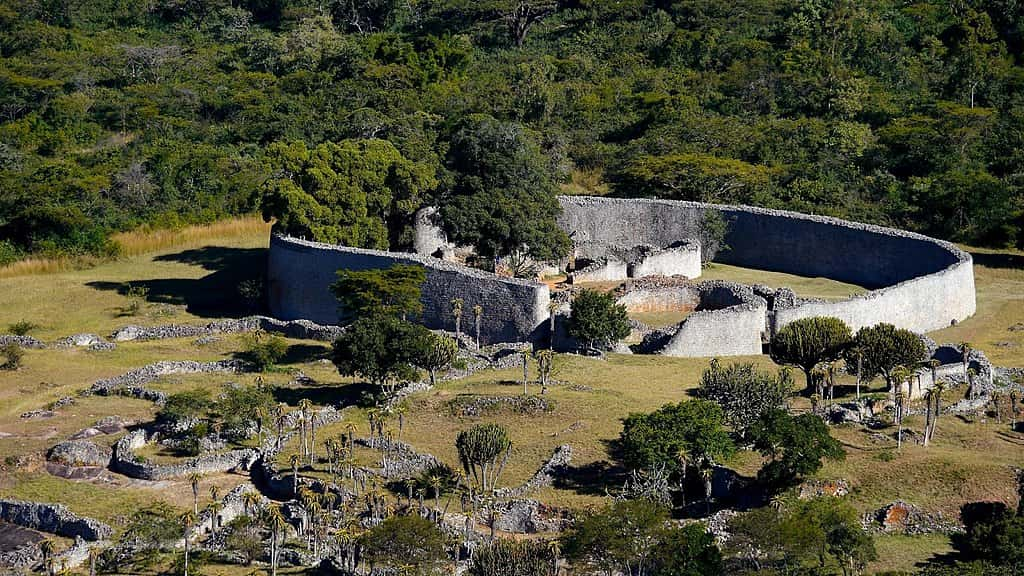 Simonchihanga, CC BY-SA 4.0, Wikimedia Commons
Simonchihanga, CC BY-SA 4.0, Wikimedia Commons
The Khmer Empire
Angkor Wat, the world’s largest religious monument, was built by the Khmer Empire in the 12th century. This Southeast Asian powerhouse thrived while medieval Europe was deep in its feudal system. Its irrigation systems were engineering feats that fed millions.
 Jakub Hałun, CC BY-SA 4.0, Wikimedia Commons
Jakub Hałun, CC BY-SA 4.0, Wikimedia Commons
The Khmer Empire (Cont.)
Satellite imagery has revealed intricate city planning that rivaled Europe’s medieval capitals. The Khmer Empire was no backwater; it was a sophisticated civilization showing the world’s diversity during the Middle Ages. Doesn’t it challenge your perspective?
 Thames Mapping, CC BY-SA 4.0, Wikimedia Commons
Thames Mapping, CC BY-SA 4.0, Wikimedia Commons
The House Of Wisdom
The House of Wisdom in Baghdad was a library that allowed bright minds to share ideas. This house was established in the 8th century, and it hosted scholars translating and expanding on Greek, Persian, and Indian texts. Algebra, optics, astrology, and even scientific methods flourished here.
The House Of Wisdom (Cont.)
Manuscripts and artifacts from the House of Wisdom’s heyday confirm its intellectual dominance. While parts of Europe were burning books, Baghdad was writing them. This city highlighted that the torch of knowledge burned brightly far from Europe.
 Book of of Ahmad ibn Musa ibn Shakir, Wikimedia Commons
Book of of Ahmad ibn Musa ibn Shakir, Wikimedia Commons
The Vikings
Vikings were explorers who ventured as far as North America by 1000 CE. Their sophisticated longships steered treacherous waters, connecting Scandinavia to Byzantium, the Middle East, and beyond. These voyages led to the establishment of trade networks and settlements, such as the famous Vinland in North America.
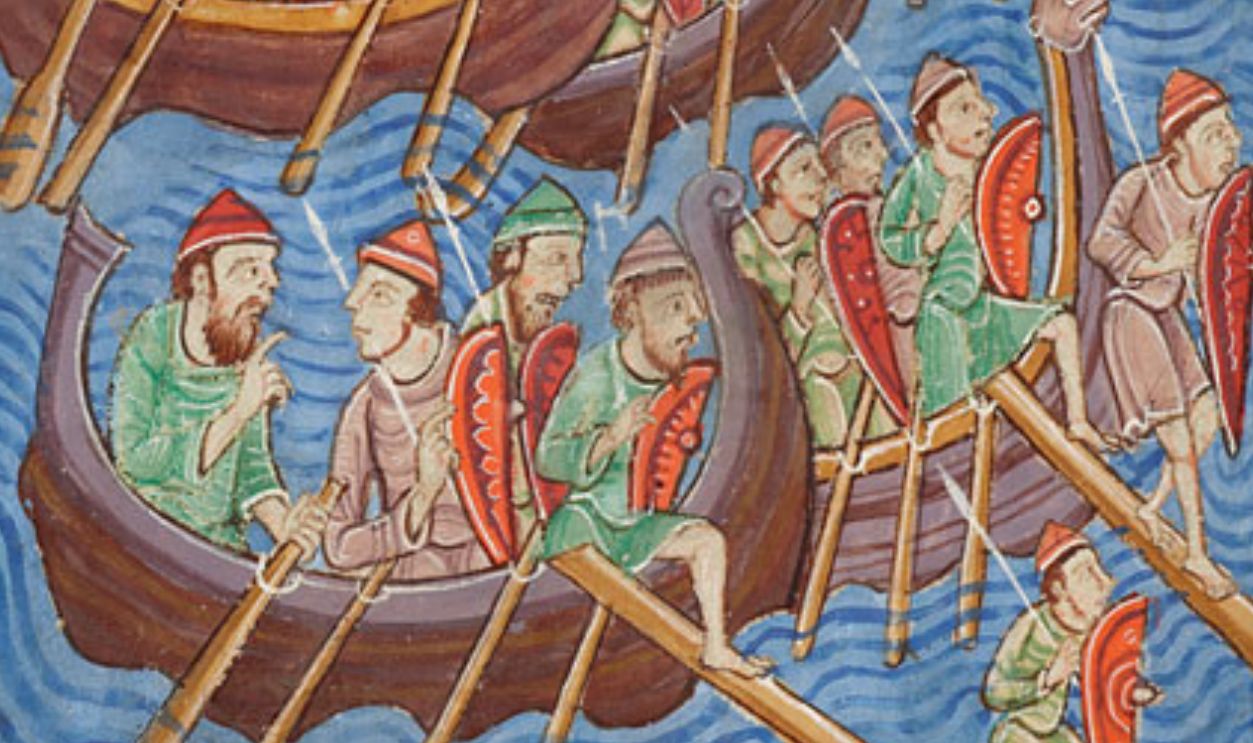 Morgan Library, Wikimedia Commons
Morgan Library, Wikimedia Commons
The Vikings (Cont.)
And there is evidence to support it all. For instance, archeological digs, like the Viking settlement in Newfoundland, Canada, confirm their reach. These seafarers demonstrated the medieval world was beyond Europe’s familiar confines. Have you ever imagined Vikings sipping Middle Eastern wine? They did.
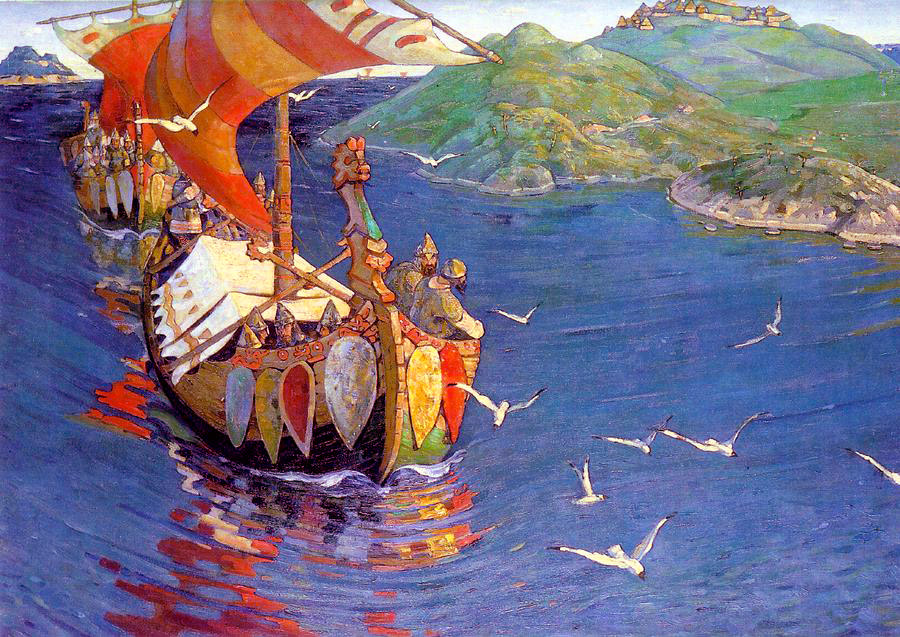 Nicholas Roerich, a Wikimedia Commons
Nicholas Roerich, a Wikimedia Commons
Persia
Persia flourished under the Sassanid Empire and later Islamic rule, linking China, India, and the Mediterranean. Their postal systems and road networks outpaced much of what Europe had. They pioneered medicine, astronomy, architecture, agriculture, and even air conditioning innovations. This made them set global benchmarks.
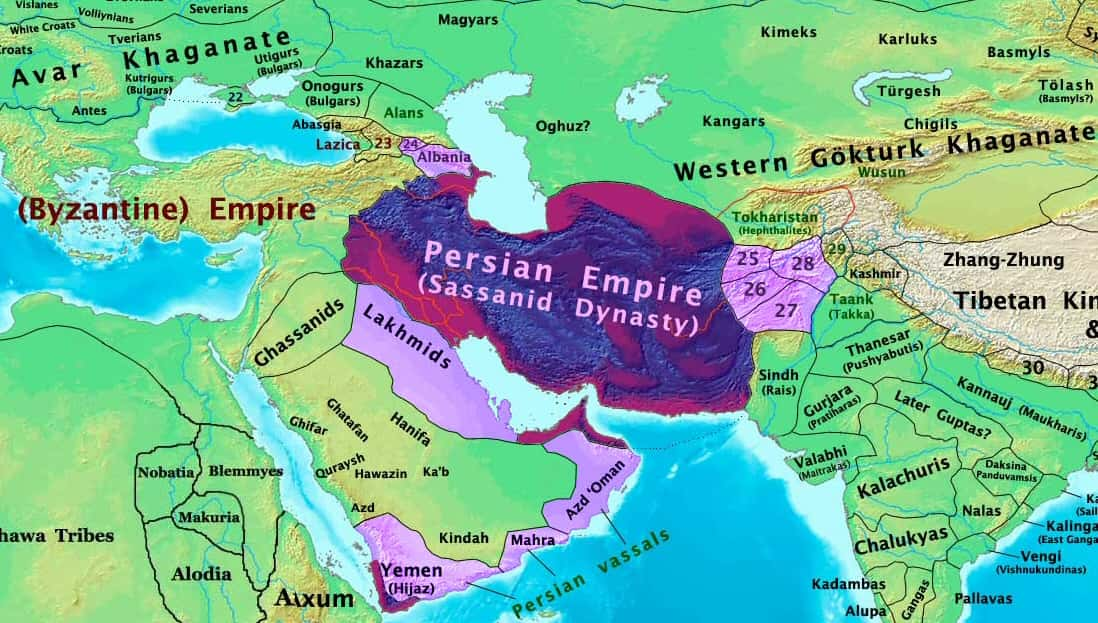 Thomas Lessman, CC BY-SA 3.0, Wikimedia Commons
Thomas Lessman, CC BY-SA 3.0, Wikimedia Commons
Persia (Cont.)
Fragments of these benchmarks and detailed records highlight their influence on neighboring civilizations. Its innovations in multiple fields became widely adopted and adapted by other cultures. Persia’s rich cultural heritage and intellectual achievements laid the groundwork for many modern scientific and technological developments.
 Ariaamiri, CC BY-SA 4.0, Wikimedia Commons
Ariaamiri, CC BY-SA 4.0, Wikimedia Commons
Mali’s Wealth
Mansa Musa, the ruler of Mali in the 14th century, was incredibly wealthy. His pilgrimage to Mecca was so extravagant that it caused a temporary collapse in the gold economies of the regions he passed through. Oh, yes. Just imagine how rich you had to be to destabilize gold.
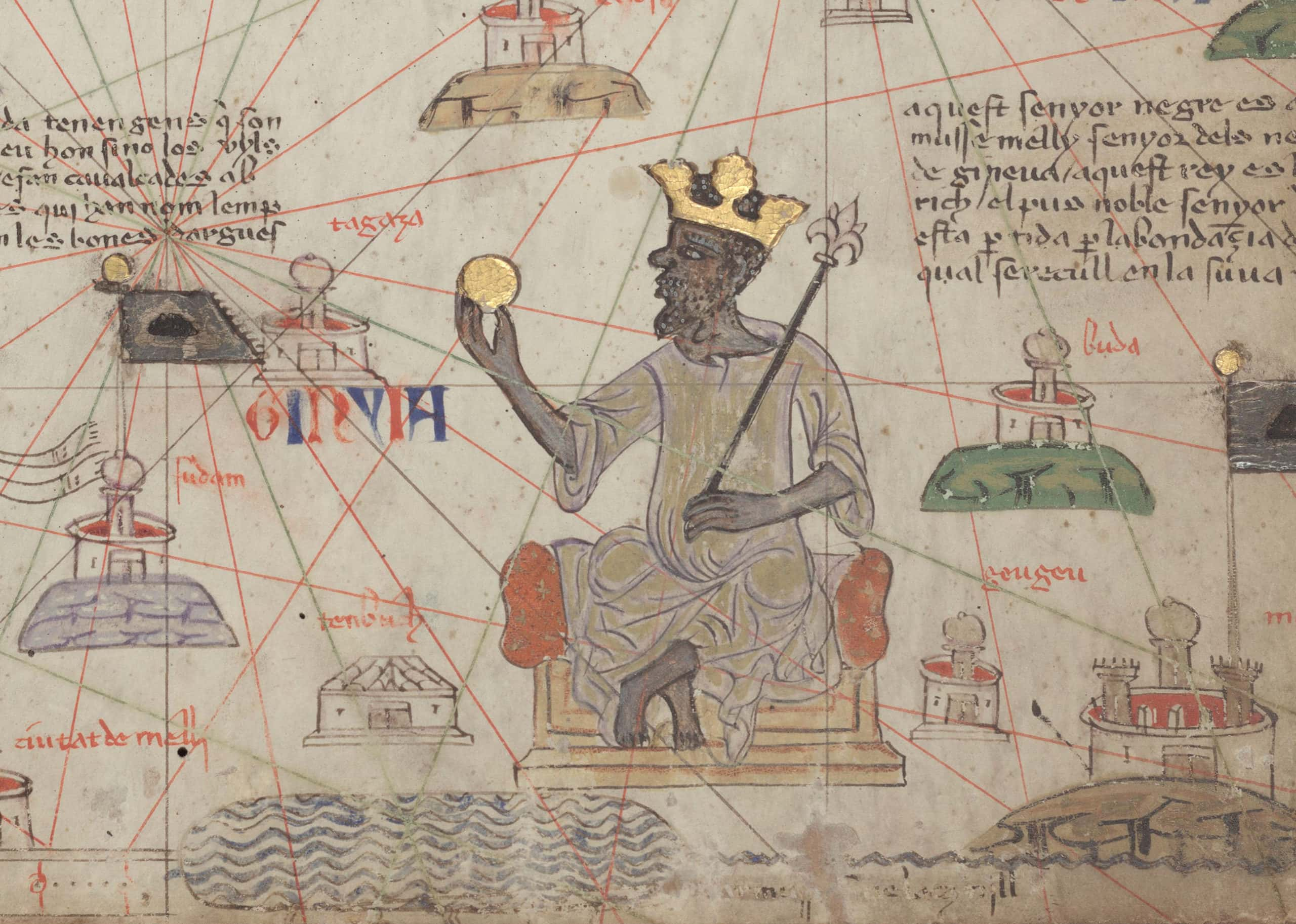 Bibliothèque nationale de France, Wikimedia Commons
Bibliothèque nationale de France, Wikimedia Commons
Mali’s Wealth (Cont.)
Later archaeological discoveries of gold artifacts and manuscripts provided further evidence of Mali’s immense riches and cultural sophistication. Mansa Musa’s legendary wealth and the artifacts found from his era underscore the historical significance of Mali as a prosperous and influential empire in medieval Africa.
 HistoryNmoor, CC BY-SA 4.0, Wikimedia Commons
HistoryNmoor, CC BY-SA 4.0, Wikimedia Commons
Japan’s Samurai Era
While Europe had knights, Japan had samurai, warriors bound by bushido—“the way of the warrior”. As the 12th century rolled in, Japan’s feudal system rivaled Europe’s in complexity, but its art and literature, like The Tale of Genji, soared to unparalleled heights.
Japan’s Samurai Era (Cont.)
The samurai code influenced Japanese culture profoundly, and it shaped ethics and martial practices. All this was verified through preserved samurai armor and ancient texts, which gave more precise insights into their societal structure. Japan was crafting poetry while Europe waged endless wars. Isn’t that a paradigm shift?
Polynesian Navigators
Polynesians explored vast stretches of the Pacific long before European explorers ever got the chance to venture beyond its shores. Using stars, winds, and ocean currents to steer the sails, they reached places like Hawaii and New Zealand, connecting islands spread over 10 million square miles.
Polynesian Navigators (Cont.)
There was information that validates this. These were remnants of canoes, and oral traditions that pointed to these incredible feats. Their naval prowess ratifies the medieval world’s diversity in exploration. Who needs compasses when you have the night sky?
 HongKongHuey, CC BY 2.0, Wikimedia Commons
HongKongHuey, CC BY 2.0, Wikimedia Commons
Ethiopia’s Rock-Hewn Churches
In Ethiopia’s Lalibela, churches carved from solid rock in the 12th century stand as awe-inspiring feats of engineering. Western Europe didn’t have this yet. These monolithic structures were created to symbolize a “New Jerusalem” and became a spiritual hub for Ethiopian Christians.
 Francesco Bandarin, CC BY-SA 3.0, Wikimedia Commons
Francesco Bandarin, CC BY-SA 3.0, Wikimedia Commons
Ethiopia’s Rock-Hewn Churches (Cont.)
Ethiopia’s Rock-Hewn Churches, specifically those in Lalibela, have been the focus of archaeological studies. Carbon dating confirms their medieval origins. These churches, intricately carved from solid rock, showcase Africa’s significant role in medieval history, where spirituality and architectural brilliance merge beautifully. Stunning, isn’t it?
 Sailko, CC BY 3.0, Wikimedia Commons
Sailko, CC BY 3.0, Wikimedia Commons
Southeast Asia’s Spice Islands
The Spice Islands (modern-day Maluku in Indonesia) fueled a global spice trade long before European colonization. Nutmeg and cloves from these islands were as valuable as gold in medieval markets, and they linked Southeast Asia to India, Arabia, and China. Trade records and shipwreck finds confirm their global significance.
 Willem Janszoon Blaeu, Wikimedia Commons
Willem Janszoon Blaeu, Wikimedia Commons
Southeast Asia’s Spice Islands (Cont.)
Without these islands (and India), the medieval economy—and cuisine—would have been much less flavorful. These precious spices were worth their weight in gold and were highly sought after in Europe, the Middle East, and beyond. The trade routes established by the Spice Islands connected different parts of the world.
 Joe mon bkk, CC BY-SA 4.0, Wikimedia Commons
Joe mon bkk, CC BY-SA 4.0, Wikimedia Commons
The Aztecs
By the 14th century, the Aztecs built Tenochtitlán, a city that would make medieval Europe’s capitals shy. It had floating gardens with beautiful plants being fed with aqueducts overloking bustling markets. Such settings clearly displayed their engineering brilliance and complex societal organization, which were decades beyond.
The Aztecs (Cont.)
Archeological digs reveal their technological, agricultural, and cultural prowess. They remind us that medieval innovation wasn’t confined to Europe—it thrived across the Atlantic. Their advanced agricultural techniques showed other civilizations that farming in swampy areas was possible. The Aztecs also developed a complex calendar system and built impressive stone structures.
 Horveyy, CC BY-SA 4.0, Wikimedia Commons
Horveyy, CC BY-SA 4.0, Wikimedia Commons
The Inca Empire
The Inca Empire, which flourished in South America during the 15th and early 16th centuries, demonstrated advanced engineering and agriculture. Their stone terraces and aqueducts transformed mountainous terrain into fertile farmland. While Europe struggled with food shortages, the Inca cultivated surplus crops to feed their vast population.
The Inca Empire (Cont.)
Relics like Machu Picchu flaunted their architectural brilliance, with stones so precisely cut that no mortar was needed. The intricate road systems they built connected cities across thousands of miles, rivaling the Roman Empire’s famed networks. The Incas established the Americas, which were pivotal to the medieval world’s history.
Korea’s Goryeo Dynasty
The Goryeo Dynasty (918–1392 CE) of Korea gave the world remarkable innovations like movable metal type, predating Gutenberg’s press by two centuries. Their celadon pottery became prized in global markets and was admired for its intricate designs and vibrant hues. This dynasty’s culture influenced neighboring China and Japan.
 Steve46814, CC BY-SA 3.0, Wikimedia Commons
Steve46814, CC BY-SA 3.0, Wikimedia Commons
Korea’s Goryeo Dynasty (Cont.)
Archaeological finds, including Buddhist texts printed with movable type, confirm Korea’s leadership in early printing technology. The dynasty’s cultural exchange with other nations validates that the Middle Ages were far more interconnected than history often portrays. Its a reminder that the medieval world extended well beyond Europe’s borders.


